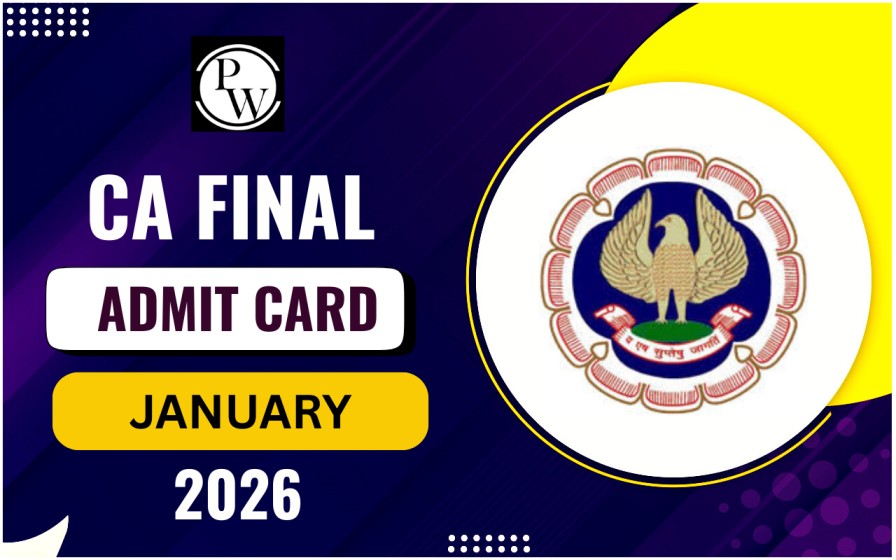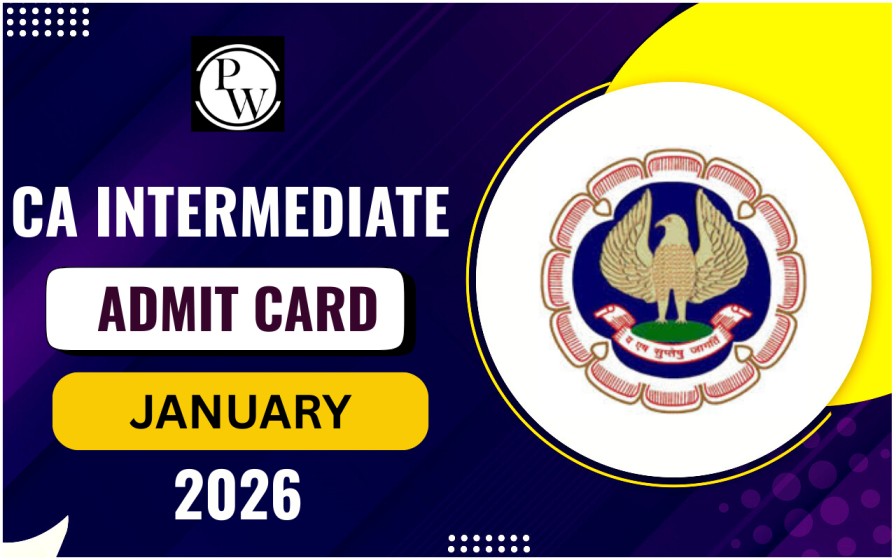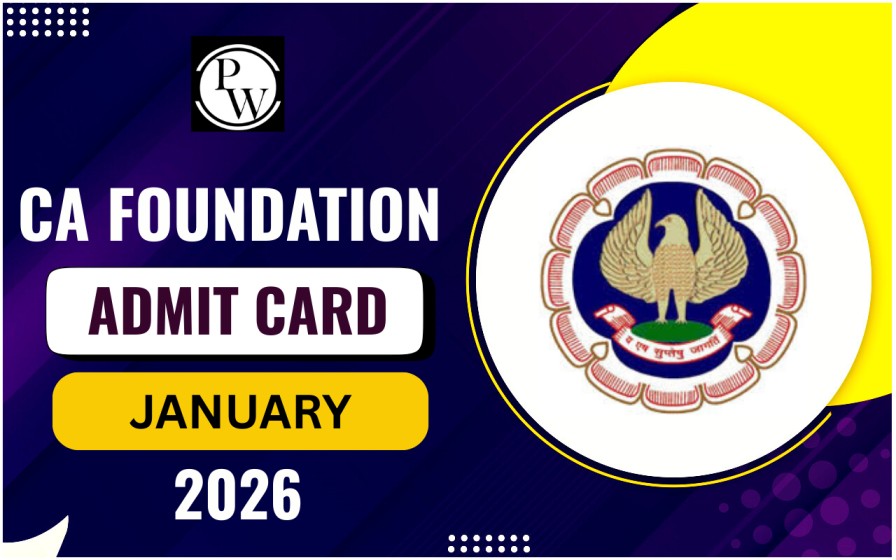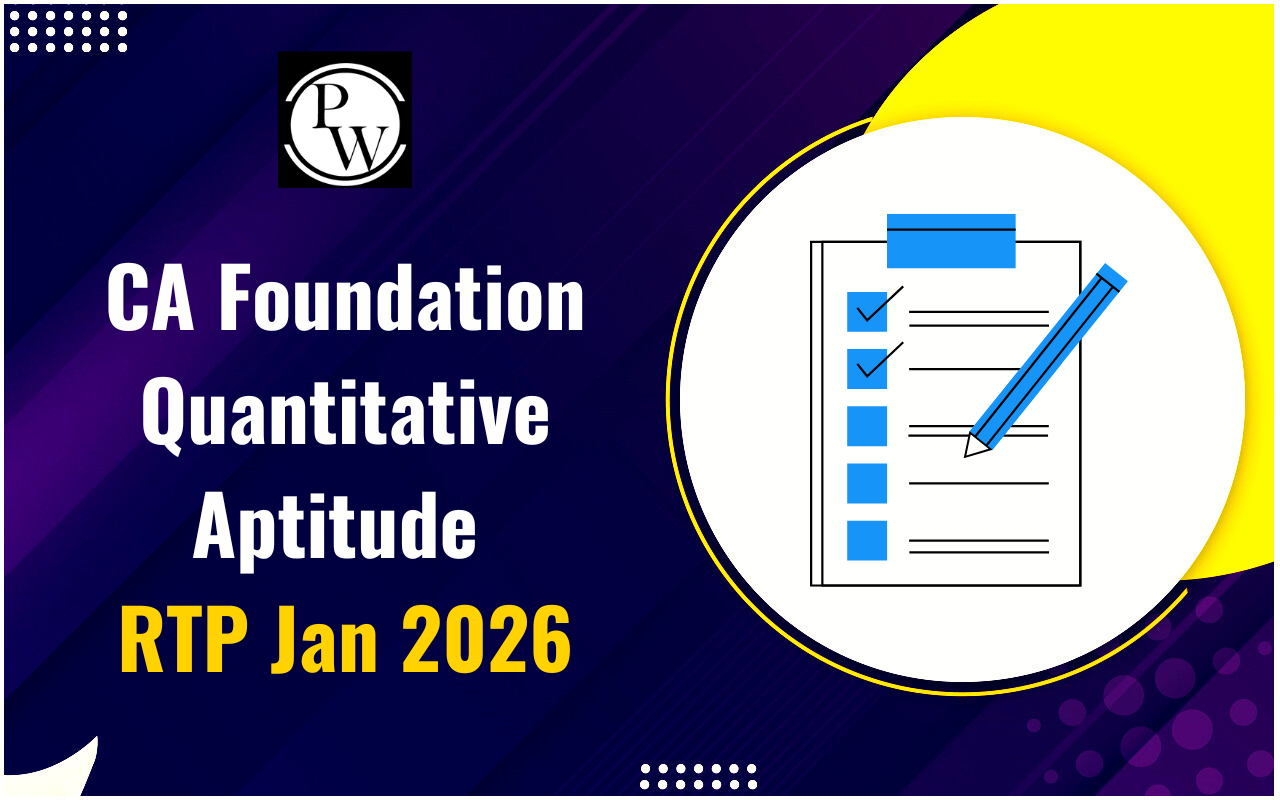
The Retirement of a Partner marks a significant transition in a partnership firm. Whether due to personal reasons, contractual agreements, or unforeseen circumstances, a partner’s exit requires careful financial adjustments and legal considerations.
One of the most critical aspects of this transition is the treatment of goodwill, ensuring a fair settlement for all partners. Understanding the financial and legal implications of a partner’s retirement helps in maintaining harmony and smooth functioning of the firm. Read more about the Retirement of a Partner for CA Exams here.
What is the Retirement of a Partner?
In simple terms, the Retirement of a Partner occurs when an existing partner voluntarily steps down or is required to leave due to contractual or legal reasons. Unlike the dissolution of a firm, retirement does not end the partnership but alters its structure. The remaining partners continue the business, making necessary financial and legal adjustments to accommodate the change.
Legal Aspects of Retirement of a Partner
The legal framework for a partner’s retirement is governed by the Partnership Act and the specific terms outlined in the partnership agreement. The following scenarios often lead to retirement:
-
Voluntary exit as per the partnership agreement
-
Forced retirement due to breach of contract or misconduct
-
Mutual agreement among partners
-
Health issues or other personal reasons
A retired partner is entitled to their share of the firm’s assets and profits, including goodwill, unless otherwise stated in the agreement.
Also Check: Incorporation of Company and Matters Incidental Thereto
Importance of Retirement of a Partner
The Retirement of a Partner affects the firm’s financial and operational stability. A structured retirement process ensures fair treatment of all partners and prevents disputes. Some key factors include:
-
Goodwill valuation: Determining the fair value of goodwill is crucial as it impacts the outgoing partner’s settlement.
-
Liability settlement: Ensuring all debts and obligations are cleared before a partner exits.
-
Reallocation of profit-sharing ratio: The remaining partners adjust their stakes in the firm accordingly.
-
Client and stakeholder communication: Transparency with clients and stakeholders maintains trust in the firm’s operations.
Accounting Treatment of Goodwill in Retirement of a Partner
Goodwill plays a significant role in the Retirement of a Partner, as it represents the firm's reputation and earning potential. The treatment of goodwill involves the following methods:
1. Goodwill Adjustment in Capital Accounts
The retiring partner is entitled to their share of goodwill, which is adjusted in the firm’s capital accounts. The calculation is done based on:
-
The agreed goodwill valuation method
-
The retiring partner’s share in the firm
-
The proportionate distribution among remaining partners
2. Revaluation of Assets and Liabilities
To ensure fair distribution, the firm revalues its assets and liabilities. This ensures that the retiring partner receives their rightful share, and the remaining partners inherit a fair market valuation of the firm.
3. Treatment of Goodwill in the Death of a Partner
In the unfortunate event of a partner’s demise, the goodwill share is transferred to their legal heirs or settled as per the agreement. The valuation process remains similar, ensuring a just compensation to the deceased partner’s family.
Challenges in Retirement of a Partner
The Retirement of a Partner can bring financial, operational, and legal complications that need careful handling. Understanding these challenges helps in mitigating risks and ensuring a seamless transition.
1. Disputes Over Goodwill Valuation
Determining the right value for goodwill can be challenging, as it depends on:
-
Market conditions
-
Firm’s profitability
-
Client retention potential
2. Financial Burden on Remaining Partners
If the retiring partner’s goodwill share is substantial, it may create a financial strain on the remaining partners. Firms often create a retirement fund or stagger the payout over a period to ease the transition.
3. Operational Adjustments
The Retirement of a Partner requires changes in leadership, client handling, and overall business strategy. Firms must adapt quickly to maintain efficiency.
The Retirement of a Partner is an inevitable phase in a partnership firm’s journey. Ensuring a well-structured process with fair goodwill treatment benefits both the retiring partner and those who continue the business. A transparent and legally sound approach prevents disputes and fosters a smooth transition, securing the firm's future.
| Also Check: | |
| Strategic Management | Amalgamation of Companies |
| Correlation and Regression | Probability |
| Market Failure | Statistics |
Retirement of a Partner FAQs
What happens to goodwill in the Retirement of a Partner?
Can a partner retire without an agreement?
How is a retiring partner compensated?
What is the impact of the Retirement of a Partner on the remaining partners?










